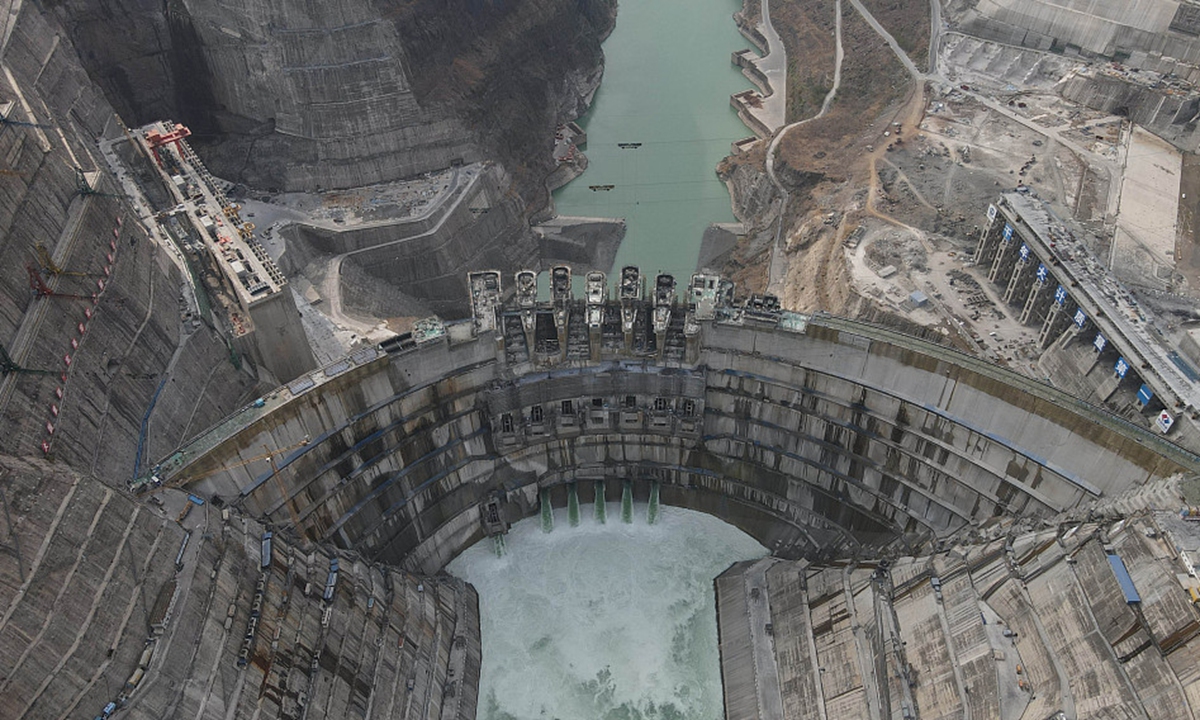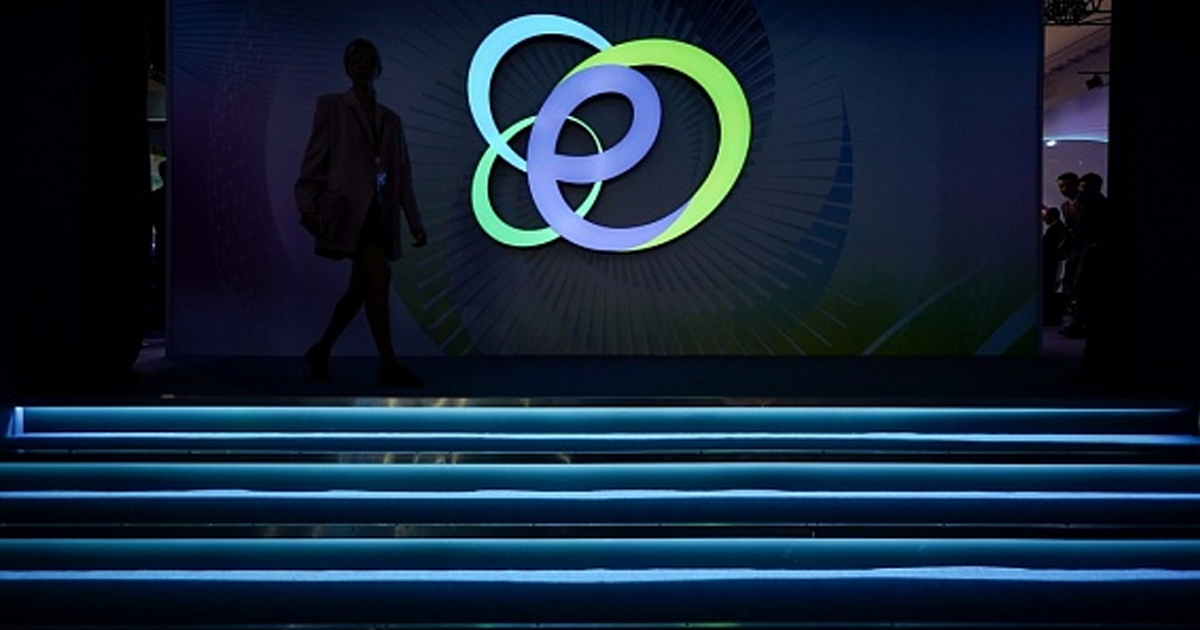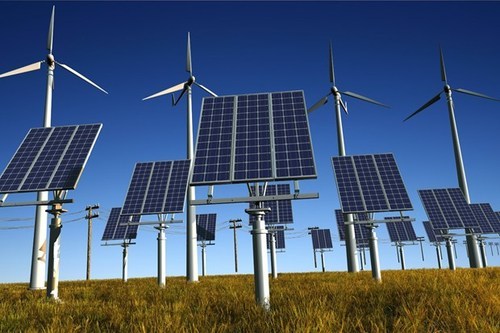Energy Update
World's largest hydropower project under construction starts operations marking China’s world leadership

Baihetan Hydropower Station in Southwest China, the world's largest hydropower project under construction, reached a milestone on Monday with the official start of operations of the first group of unique 1 million kilowatt generating units, as the Chinese people celebrate the 100th anniversary of the founding of the Communist Party of China (CPC).
Experts and officials noted that the breakthrough of this super project marks a new milestone in the development of hydroelectricity in China, and also reflects the superiority of the socialist system with Chinese characteristics, under the leadership of the CPC, in concentrating its efforts on major projects.
The Baihetan Hydropower Station is located downstream of the Jinsha River, an upper stretch of the Yangtze River, on the border of Southwest China's Sichuan and Yunnan provinces. "It is a world-class project. Currently, there is no better station than it around the world," Chen Jianlin, Chief Engineer of the Baihetan Hydropower Station, told the Global Times on Monday, noting that since the start of construction of the Baihetan Dam in 2017, the project had to overcome extremely difficult technical problems, such as the fragile geology, the hot and dry wind in the valley, and the large excavation work. The dam broke a number of world records, including the largest underground caverns, the largest anti-seismic parameters of a 300-meter high dam, and the largest spillway caverns.
Among the world records achieved by the Baihetan Hydropower Station, the one that stands out the most is the 1 million kilowatt Chinese-developed generator, which is more than 50 meters high and weighs more than 8,000 tons, equivalent to the weight of the Eiffel Tower. According to the calculations by engineers, a one million kilowatt generating unit can supply electricity in one hour to an ordinary Chinese family for more than 400 years.
The Baihetan hydropower station is equipped with 16 generating units, with an expected output of 62 billion kilowatt-hours of electricity per year, or more than 15 times the energy produced by the Hoover Dam in the United States. It can help reduce China's carbon emissions by more than 51 million tons per year. The station is expected to be China's second largest hydropower project after the Three Gorges Dam once it is completed.
At the same time, the Baihetan Dam is the world's first "seamless dam." Construction of the 289-meter-high dam involved more than 8 million cubic meters of concrete. The material was specially designed by Chinese experts to prevent possible thermal cracks which can occur due to changes in temperature.
"Over a hundred years ago, the construction of China's first hydropower station, the Shilongba Hydropower Station, also located in Yunnan Province, was once forced to stop when foreign engineers left, because at that time, China was poor and weak. After the New China was founded, Chinese engineers continued to close the gap with foreign advanced technologies. Now, we are even technologically ostracized by some countries. It is China that is leading the world in hydropower development." He Wei, Deputy Director of the Baihetan Hydropower Station Engineering and Construction Department, told the Global Times on Monday.

After 70 years of planning and more than 10 years of construction, the Baihetan project, supported by China's strong national power and the leadership of the CPC, has conquered a series of technical difficulties and challenges, including the COVID-19 epidemic to become reality, said Lei Mingshan, Chairman of the China Three Gorges Corp, investor and main builder of the Baihetan Hydropower Station.
Lei pointed out that the important landmark, part of the celebration of the 100th anniversary of the CPC, and an accurate realization of the goal of hydropower generation fully reflects China's strong organization and mobilization capabilities, and fully proves the institutional advantages of socialism with Chinese characteristics.
The station will be in full operation by the end of 2022. The rest of 14 generators of are planned to start operations by July, 2022.

Conversation
- Info. Dept. Reg. No. : 254/073/74
- Telephone : +977-1-5321303
- Email : [email protected]














